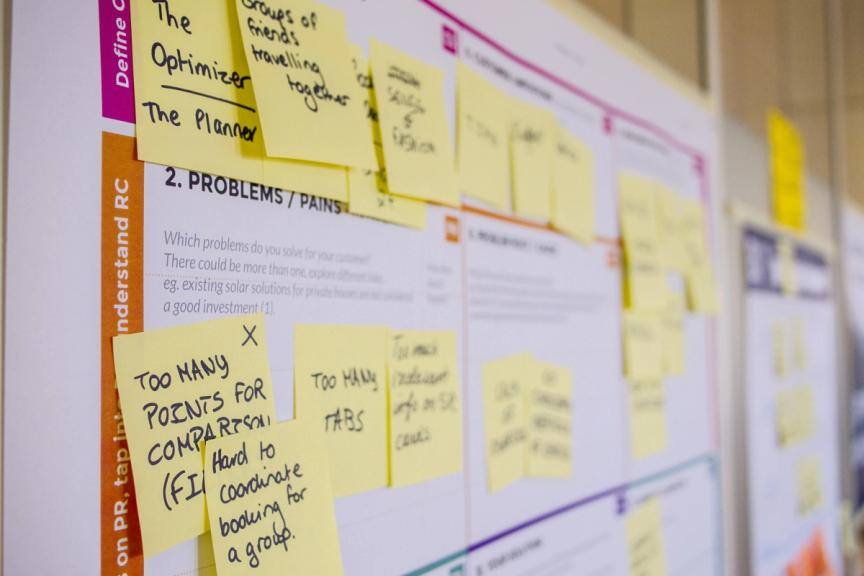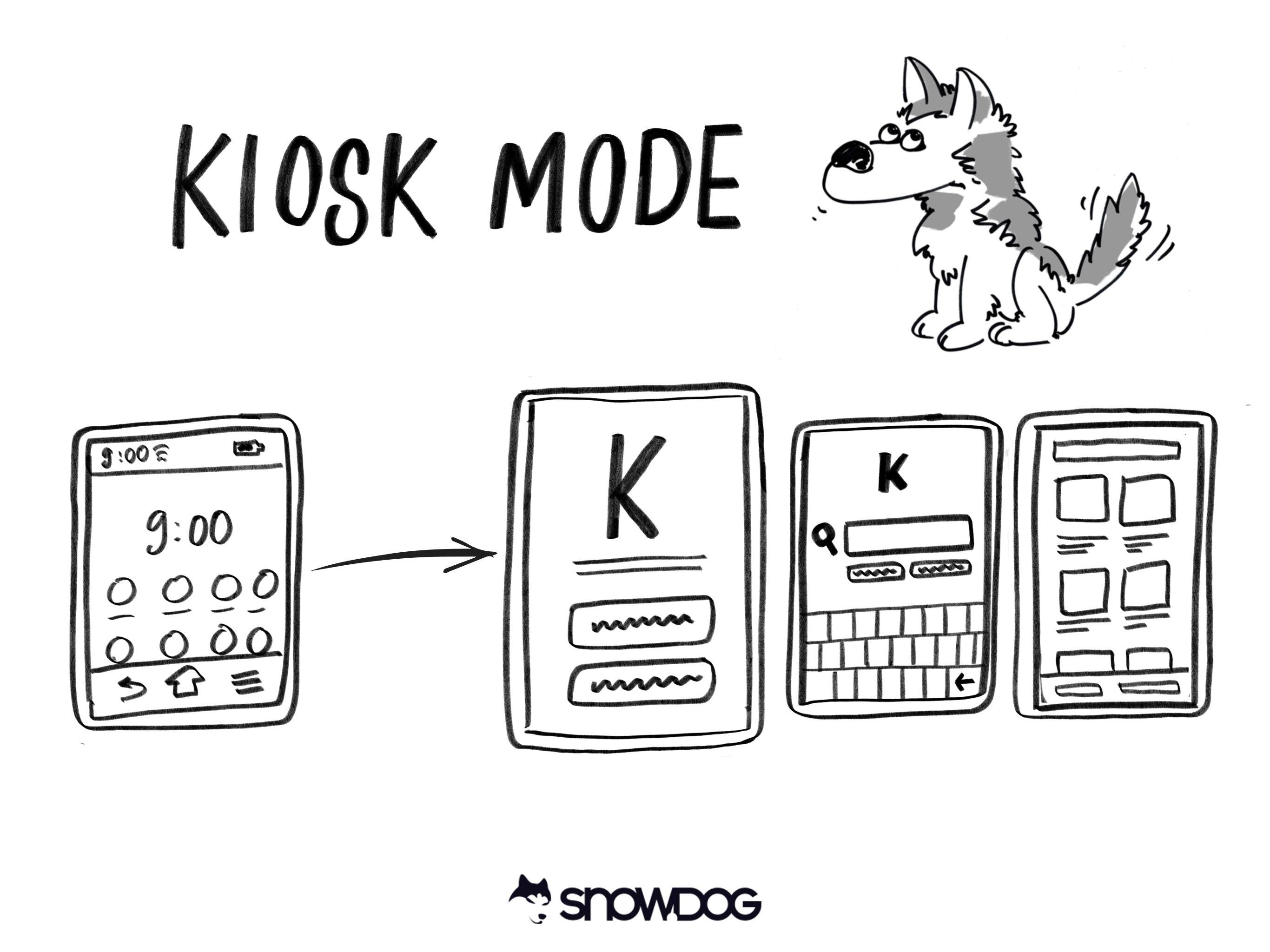
With a staggering two million apps available for download on Apple's App Store, it's no surprise that countless others have failed to make the cut. So, how can you determine if your idea is truly brilliant and worth pursuing in this competitive landscape?
Now, don't get disheartened! This blog post is here to help you navigate the path ahead and bring clarity to your vision. Trust me, I'm a big fan of brainstorming new and exciting ideas myself—my notepad is filled with them!
To kick-start your journey, I always recommend preparing a Proof of Concept (PoC). It's a powerful tool that helps you delve deeper into your product's potential value for users, investors, and other stakeholders. If your PoC shows promise, you'll have a solid foundation to craft a compelling pitch, opening doors to the financial resources needed to turn your ideas into reality. Think of it as a conversation starter that paves the way for success.
Preparing a Proof of Concept
An application’s PoC boils down to three components:
- The problem
- Market research
- Profit potential
Let us break down those three.

1. Problem (and solution)
At the very core of any Proof of concept is the answer to this fundamental question: What problem does your app solve?
Getting this answer right is critical for the further development of your idea. Try thinking about how people are currently dealing with this problem now and why this needs to change. Consider the timing — has some technology recently become available to make this happen? Is there a digital or social trend that will help you succeed?
Once you have defined the problem and your solution, it is time to prepare a Value Proposition. What are the primary benefits of your specific solution and what downfalls are you avoiding? Consider what would drive your audience to switch to your solution instead of coping with the problem the old way.

2. Market research
Once you have defined your problem scope, try answering the following question: How many people are affected by this problem?
This question is particularly tough to answer. These are the two approaches I would suggest:
- First, create a user survey. Think about what hypotheses you would like it to confirm. Ideally, there should be less than 15 questions, as people hesitate to fill lengthy questionnaires. Shoot for as many responses as you can get — share the survey on every platform that you have available to you. The more users who answer the survey, the more reliable the results.
- Second, use your primary and/or secondary research to craft a persona that would represent your clients/audience. Then try to quantify the proportion of the general population that meets your criteria. This technique is referred to as Market Sizing. There are many online materials regarding that matter, so I will not go into details.
Do not forget to check how your direct and indirect competitors dealt with similar problems. Check how they approached monetization and estimate how well their business is running, their growth potential and what market share they possess.

3. Profit potential
Now it is time to determine the potential revenue streams. If you wish to find partners and investors to support your app, you will have to address the question: How will your idea generate money?
Monetization is one of the most challenging tasks when it comes to designing a product. There are four basic strategies:
- In-App Advertising
- Freemium Mobile App
- Premium Mobile App - Not advised. (Here is why.)
- Subscription-based Mobile App
Deciding what approach is worth pursuing is not easy. This is where the previous research comes in handy. You should already know what monetization model your competitors are doing. A user survey should also narrow the possible ways of addressing this problem, and give some insight into whether your users would prefer to pay once, or in a subscription model.
“Weeks of coding can save you hours of planning”
Deciding how your app will be monetized is a key factor in designing your app and user experience. Knowing this from the start will enable you to understand priorities better and plan properly when developing an app, saving you a lot of development time.
Conclusions
I hope that this blog post gave you some insights about whether you have a profitable idea. If you are thinking about coming to general public with your idea, then it is essential to first create a Proof of Concept. It is there to help you clarify your vision, and confirm that the project is worth your time. After this, you can start on the designs and prototypes.
Throughout your Proof of Concept, try to visualize each stage of the process. This will give angel investors and other decision-makers a tangible story to follow and increase the likelihood that they will invest. Use storytelling techniques, real designs, mock-ups or the prototype. Visualize the market by presenting raw numbers and primary research or quotes. And finally, demonstrate to them that you are the right person with the right skills, experience and passion for the job.
I know there are tons of great ideas out there in the world. I hope insights from this blog-post will help you create a better app and bring it to life.
Did I forget anything? Do you have anything to add on this topic? I welcome you all to start a discussion in the comment section below.
Be sure to share your thoughts and clap on this article if you liked it!




